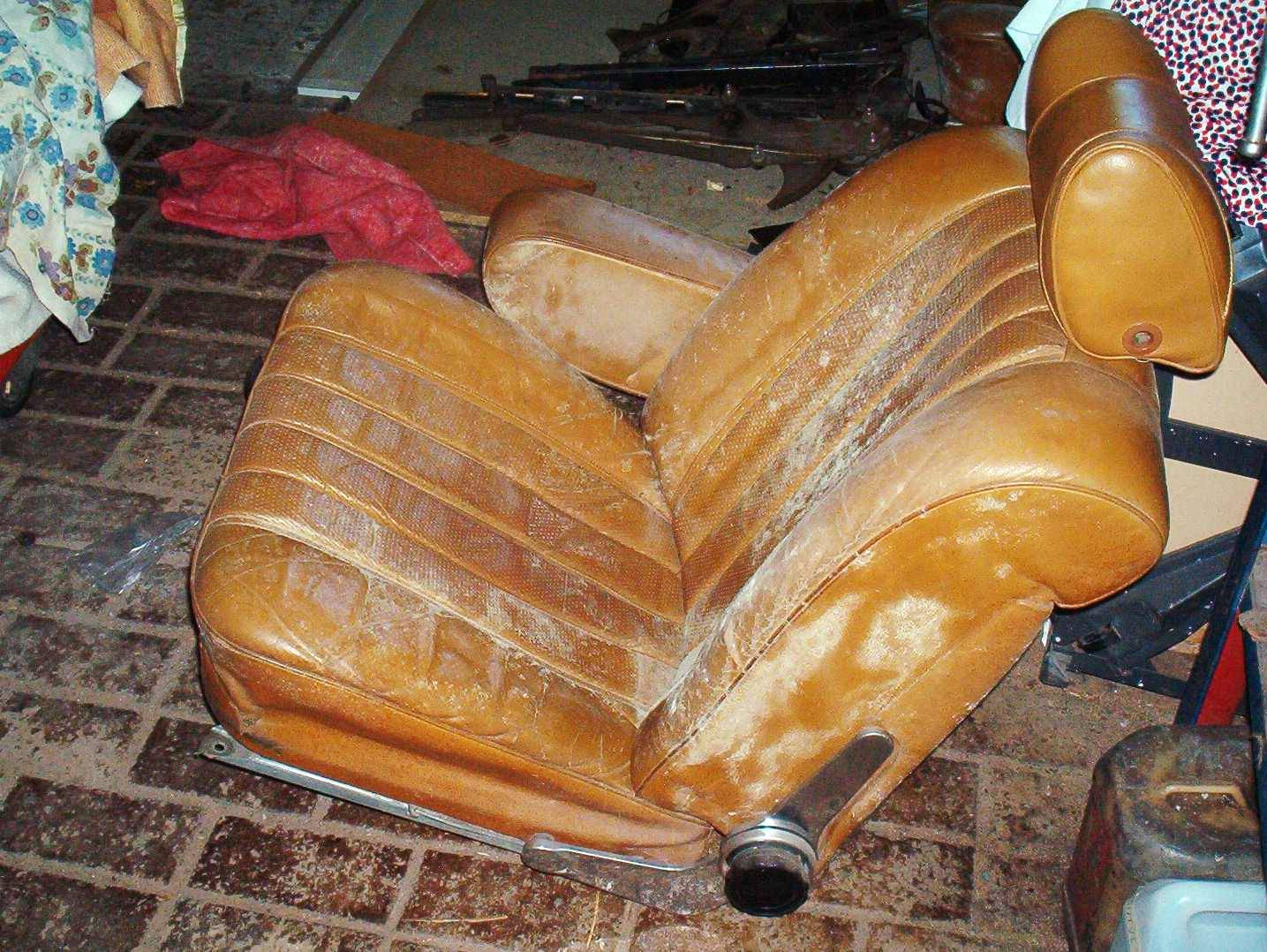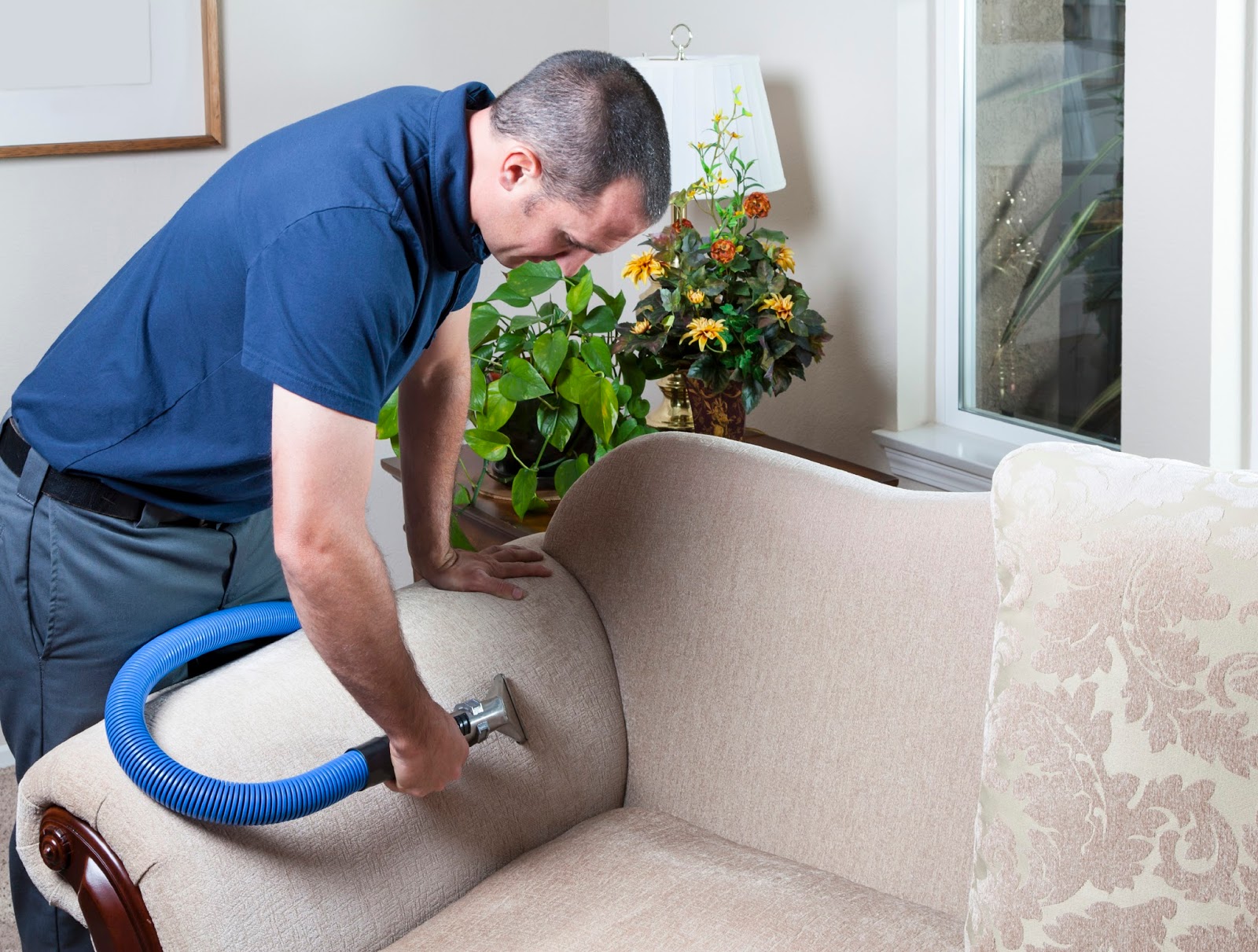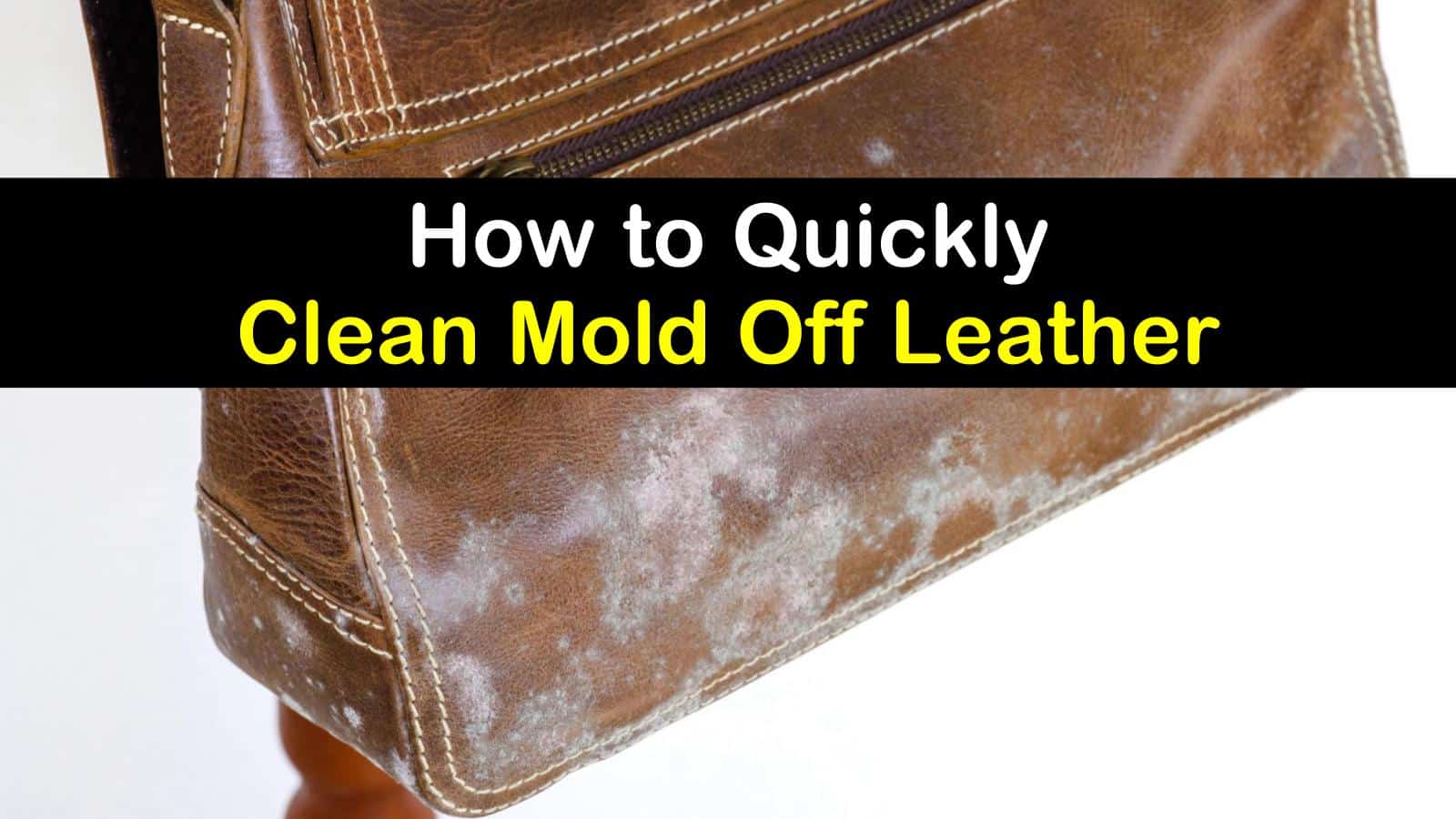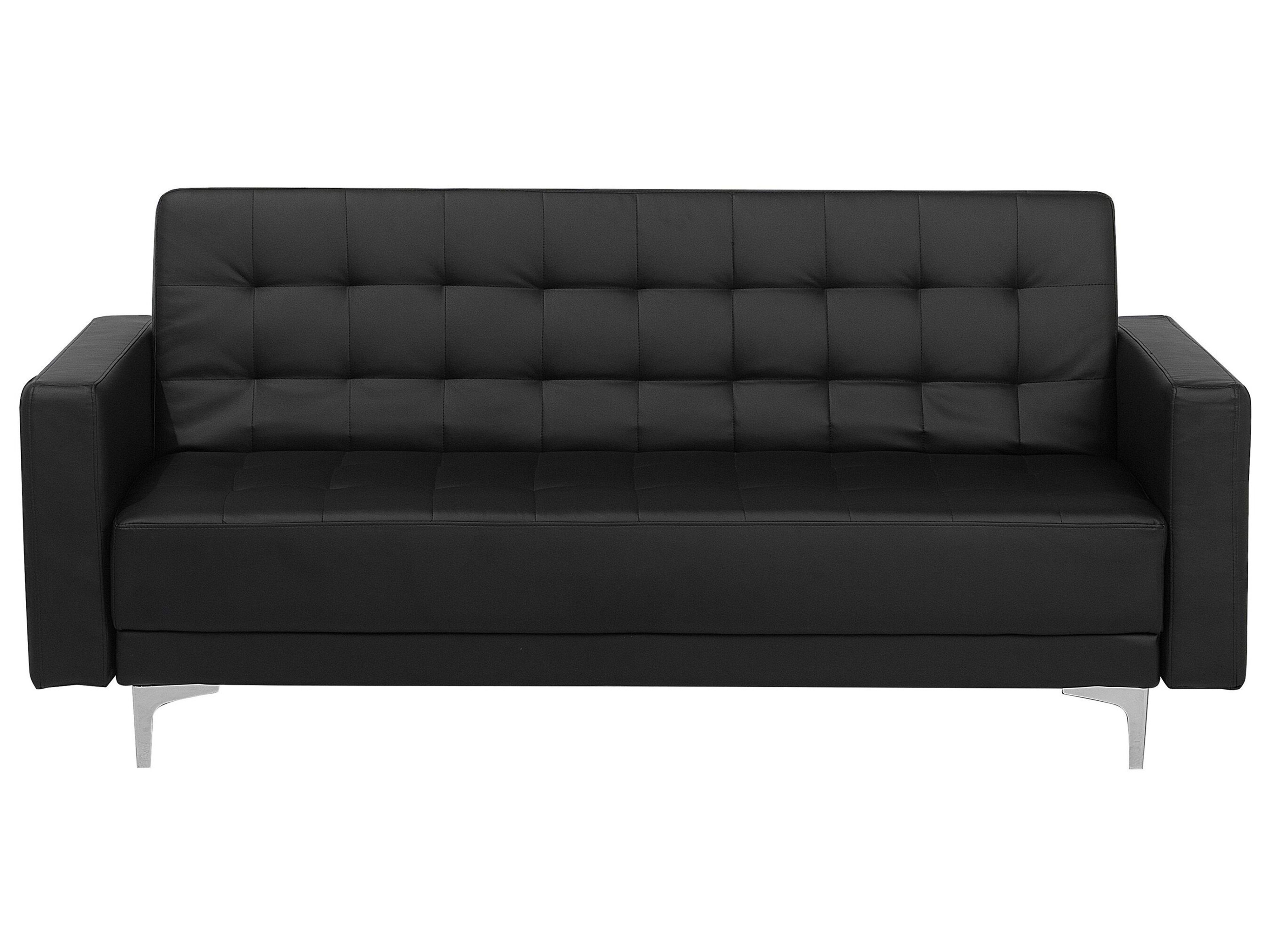Leather sofas are a timeless addition to any living room, offering both style and comfort. However, if not properly maintained, they can become a breeding ground for mold. Not only is this unsightly, but it can also pose a health hazard to you and your family. So, if you've noticed some mold growing on your leather sofa, don't panic! With the right approach, you can easily clean and remove mold from your leather sofa, and keep it looking fresh for years to come.Cleaning Your Leather Sofa: Top Tips to Remove Mold and Keep Your Furniture Fresh
The first step in cleaning a moldy leather sofa is to identify the extent of the problem. Mold can appear as black, green, or white spots on your sofa, and may also have a musty odor. If left untreated, it can spread and cause damage to the leather, making it brittle and prone to cracking. So, it's important to act quickly once you've discovered mold on your sofa.1. Identifying a Moldy Leather Sofa
Before you begin cleaning your leather sofa, make sure you have all the necessary supplies. These may include a soft cloth, warm water, mild soap, white vinegar, and leather conditioner. Avoid using harsh chemicals or abrasive materials as they can damage the leather. It's also a good idea to wear gloves and a mask to protect yourself from the mold spores.2. Gathering Your Cleaning Supplies
Start by vacuuming your leather sofa to remove any loose mold spores. Then, mix equal parts of warm water and mild soap and dampen a soft cloth with the solution. Gently scrub the moldy areas on your sofa, being careful not to saturate the leather. Rinse the cloth frequently and change the water as needed. Once you've removed all the visible mold, wipe the sofa with a clean, damp cloth to remove any soap residue.3. Cleaning the Moldy Leather
If the mold stains are still visible, mix equal parts of water and white vinegar and dampen a clean cloth with the solution. Blot the moldy areas, and let the vinegar sit for 10-15 minutes. Then, wipe the area with a damp cloth to remove the vinegar. If the stains persist, you can try using a leather cleaner specifically designed for mold removal. Follow the instructions carefully and test the product on a small, inconspicuous area first.4. Removing Stubborn Mold Stains
After cleaning your leather sofa, it's important to dry it thoroughly to prevent any future mold growth. Use a dry, clean towel to pat the leather and absorb any excess moisture. You can also use a fan or open windows to help with the drying process. Avoid using a hairdryer as the heat can damage the leather.5. Drying Your Leather Sofa
To prevent mold from growing on your leather sofa, it's essential to keep it clean and dry. Wipe down your sofa regularly with a clean, damp cloth, and avoid placing it in a damp or humid area. You can also use a leather conditioner to keep the leather moisturized and prevent it from drying out and becoming susceptible to mold growth.6. Preventing Mold on Your Leather Sofa
If you've discovered mold growing on the inside of your leather sofa, you'll need to take some extra steps to remove it. Start by removing the cushions and inspecting the inside of the sofa for any visible mold. If you find any, use a vacuum with a HEPA filter to remove the spores. Then, use a mixture of warm water and mild soap to clean the affected areas, and let it dry thoroughly before replacing the cushions.7. Treating Mold on the Inside of Your Sofa
If the mold on your leather sofa is extensive or you're unsure about how to clean it yourself, it's best to seek professional help. Leather cleaning experts have the knowledge and specialized equipment to effectively remove mold without causing any damage to your furniture. They can also provide advice on how to prevent mold from growing in the future.8. Seeking Professional Help
If you're planning on storing your leather sofa for an extended period, make sure it's clean and dry before doing so. Cover it with a breathable material like a cotton sheet, and avoid using plastic covers as they can trap moisture and lead to mold growth. It's also a good idea to periodically check on your stored sofa to ensure it remains dry and mold-free.9. Properly Storing Your Leather Sofa
Cleaning Moldy Leather Sofas: A Guide to Restoring Your Furniture

Leather sofas are a luxurious and stylish addition to any home, but they require regular care to maintain their beauty and longevity. Unfortunately, even the most diligent homeowners may encounter mold growth on their leather sofas. Not only can this be unsightly, but it can also be harmful to your health. However, with the right techniques, you can effectively clean and restore your moldy leather sofa.
Identify the Source of Mold Growth

The first step in cleaning moldy leather sofas is to determine the cause of the mold growth. Leather is a porous material, making it susceptible to mold growth if exposed to moisture for a prolonged period. This could be due to a leaky roof, high humidity levels, or spills that were not properly cleaned up. Identifying the source of the mold will help prevent future growth and ensure the effectiveness of the cleaning process.
Prep Your Sofa for Cleaning

Before you begin cleaning, it is essential to prepare your leather sofa. Start by vacuuming the surface to remove any loose mold spores and dirt. Then, using a mild soap and water solution, wipe down the entire sofa with a clean cloth. This will help remove any surface mold and dirt, making it easier to tackle the deeper layers of mold.
Use a Mold Cleaner

For tougher mold stains, you will need to use a specialized mold cleaner. MoldOff is a popular and effective option that is safe for use on leather. Apply the cleaner to a clean cloth and gently rub it into the affected areas. Be sure to follow the instructions on the product and test it on a small, inconspicuous area first.
Allow Time to Dry

After cleaning your leather sofa, it is crucial to give it enough time to dry completely. This will help prevent any remaining mold spores from regrowing. You can speed up the drying process by using a fan or opening windows to increase air circulation. Avoid using a hairdryer or placing the sofa in direct sunlight, as this can cause the leather to crack or fade.
Prevent Future Mold Growth
:max_bytes(150000):strip_icc()/how-to-remove-mildew-from-leather-2147182-02-08913f30295d4e858fc2eee96a8ff02b.jpg)
To prevent mold from growing on your leather sofa in the future, it is crucial to keep it clean and dry. Regularly vacuum and wipe down the surface, and promptly clean up any spills or moisture. Consider using a leather conditioner to help protect and maintain the integrity of your sofa. Additionally, keeping the room well-ventilated and using a dehumidifier can help control humidity levels.
By following these steps, you can effectively clean and restore your moldy leather sofa. However, if the mold growth is extensive or the leather is severely damaged, it may be best to seek professional help. Regular maintenance and proper care will help keep your leather sofa looking beautiful for years to come.







.jpg?v=e72d03f9)
































































.jpeg?w=1700&h=2550)







/gray-kitchen-cabinet-ideas-22-cathie-hong-interiors-scandinavian-c08d577bdaf54eb7a7715b0bacfec108.jpeg)




